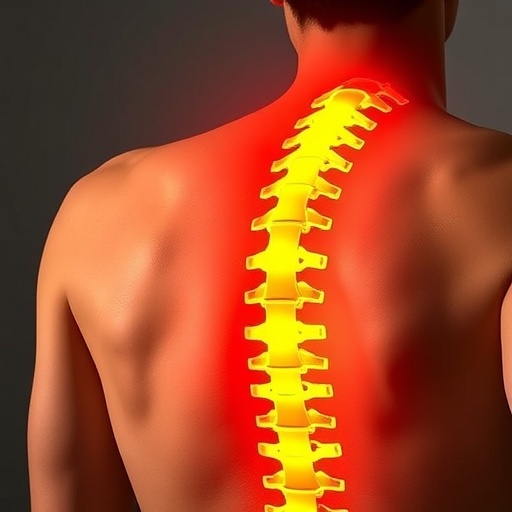Experiencing puberty earlier, compared to same-age peers, may be one of the mechanisms through which childhood risk factors influence adult cardiometabolic health issues, according to a study published March 27, 2024 in the open-access journal PLOS ONE by Maria Bleil from the University of Washington, USA and colleagues.

Credit: Mohamed_hassan, Pixabay, CC0 (https://creativecommons.org/publicdomain/zero/1.0/)
Experiencing puberty earlier, compared to same-age peers, may be one of the mechanisms through which childhood risk factors influence adult cardiometabolic health issues, according to a study published March 27, 2024 in the open-access journal PLOS ONE by Maria Bleil from the University of Washington, USA and colleagues.
Adverse experiences in childhood are frequently linked to poor health in adulthood. Most of the conceptual models describing adversity-related changes that may be adaptive to stress in the short-term but are risky to long-term health don’t specifically include puberty, which links childhood and adulthood and is itself also sensitive to the child’s environment. Earlier onset of puberty is often linked to factors like race (with Black and Latina girls developing earlier than White girls), mother’s age at her first period, infant weight gain and childhood obesity, and adverse experiences like childhood socioeconomic disadvantage, stressful parent-child relationships, and other stressful life events.
Here, Bleil and colleagues modeled pubertal timing and health risks in a cohort of women who had participated in the 30-year NICHD Study of Early Child Care and Youth Development prospective study of children and their families. Participants were followed from birth to adolescence (1991-2009) to examine trajectories of child health and development, with an additional in-person study follow-up (2018-2022) among participants ages 26 to 31 to capture social, behavioral, and health status information in adulthood. The authors fit models to data from the full sample of 655 women.
The authors found that later pubertal onset (later breast development, pubic hair onset, and first period) predicted lower adulthood cardiometabolic risk. These puberty indicators were also found to mediate the effects of factors like mother’s age at her first period, race, BMI percentile, and childhood socioeconomic status on adult cardiometabolic risk.
It’s important to note that this study maps predictive relationships between childhood risk factors, timing of puberty, and adulthood cardiometabolic risks, but cannot prove causation. That said, the pattern of results provides strong longitudinal evidence for the role of puberty onset as a pathway linking early life exposures and adulthood cardiometabolic health—and suggests targeting puberty onset may improve health more broadly in at-risk girls. The authors hope future studies will both replicate their findings and better characterize the nature of the links identified here.
The authors add: “This study suggests the timing of pubertal development in girls is an important pathway through which early life risk factors, such as prepubertal body mass index and socioeconomic position, influence cardiometabolic health in adulthood. The implications of this work are that pubertal development and its timing should be considered, and potentially targeted, in efforts to improve cardiometabolic health.”
#####
In your coverage please use this URL to provide access to the freely available article in PLOS ONE: https://journals.plos.org/plosone/article?id=10.1371/journal.pone.0299433
Citation: Bleil ME, Appelhans BM, Gregorich SE, Hiatt RA, Roisman GI, Booth-LaForce C (2024) Pubertal timing: A life course pathway linking early life risk to adulthood cardiometabolic health. PLoS ONE 19(3): e0299433. https://doi.org/10.1371/journal.pone.0299433
Author Countries: USA
Funding: This work was supported by the Eunice Kennedy Shriver National Institute of Child Health and Human Development, nichd.nih.gov, (U10HD025447 [SECCYD Research Network, CBLF], R01HD091132 [MEB, GIR]) and the National Heart, Lung, and Blood Institute, nhlbi.nih.gov, (R01HL130103 [MEB]) at the National Institutes of Health. The funders had no role in study design, data collection and analysis, decision to publish, or preparation of the manuscript.
Journal
PLoS ONE
DOI
10.1371/journal.pone.0299433
Method of Research
Observational study
Subject of Research
People
Article Title
Pubertal timing: A life course pathway linking early life risk to adulthood cardiometabolic health
Article Publication Date
27-Mar-2024
COI Statement
The authors have declared that no competing interests exist.





